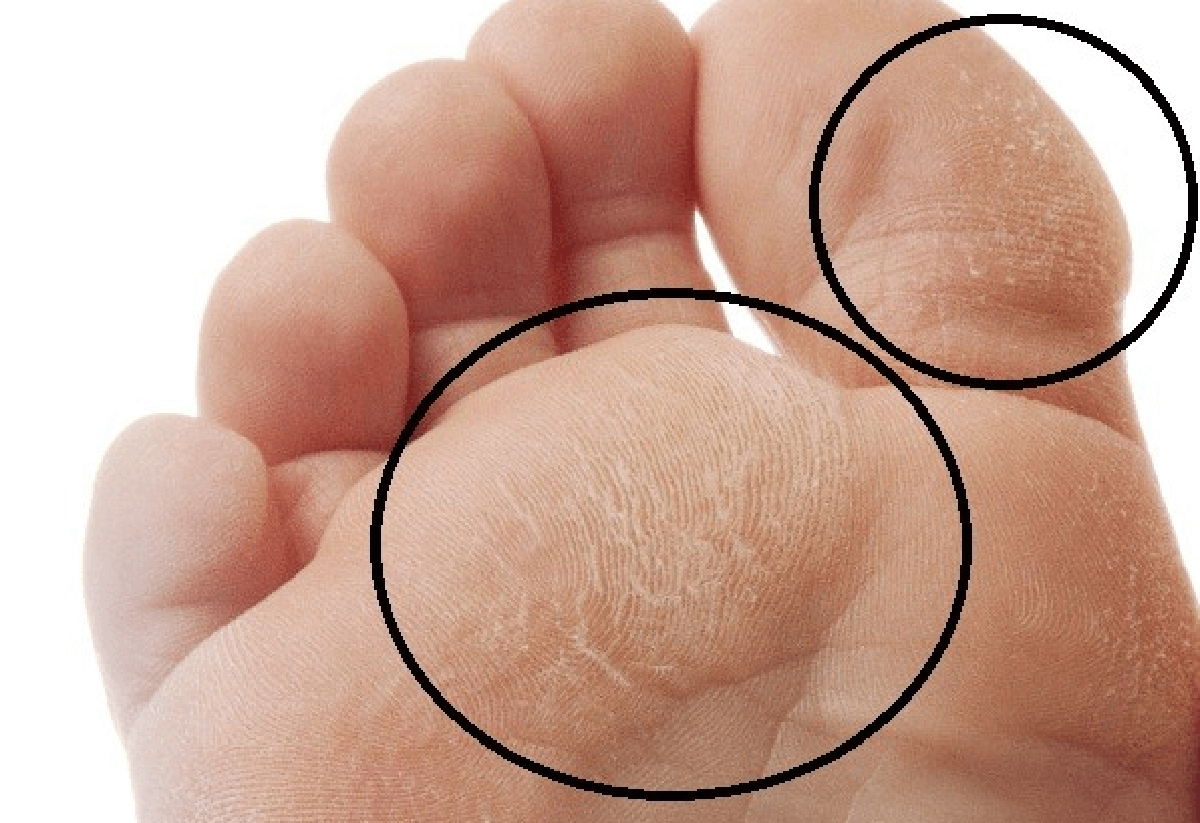Diabetic Foot Infection
Foot infection is a common problem seen in patients suffering from diabetes. Diabetic patients are predisposed to foot infection due to the compromised vascular supply. Diabetic foot infection may result due to a combination of health conditions like local trauma, neuropathy and in addition to microvascular disease.
Diabetic foot infection may also lead to diabetic foot ulcers. These ulcers are nothing but red sores that occur most often on your footpad or the bottom of your big toe. Around 15% of the diabetic patients experience diabetic foot ulcers once during their lifetime
The treatment of infection is usually difficult when you are suffering from diabetes as you have impaired microvascular circulation. Impaired microvascular circulation generally limits the access of phagocytic cells to the infection areas. This condition leads to a poor concentration of antibiotics supply in the infected tissue.
The risk of combined infection also increases while suffering from diabetes. The combined infection may involve bone and soft tissues leading to fetid foot and also increase the risk of peripheral vascular diseases that involve the large vessels. In a few cases, it also increases the risk of gangrene and microvascular and capillary diseases.
Signs and Symptoms of Diabetic Foot Infection
Diabetic foot infection may lead to the following diseased conditions such as:
- Cellulitis
- Deep-skin and soft tissue infection
- Acute osteomyelitis
- Chronic osteomyelitis
Symptoms vary based on the above medical conditions like:
-
Cellulitis
The common symptoms associated with cellulitis include:
- Tender, erythematous skin lesions
- Lymphangitis
- Streptococcal infection
-
Deep-skin and soft tissue infection
The common symptoms include:
- Extreme pain and tenderness
- Gas gangrene in few cases
- Wound discharge that is often foul
-
Acute osteomyelitis
While suffering from acute osteomyelitis, the pain will be experienced at the site of the bone that is involved.
-
Chronic osteomyelitis
The common symptoms associated with chronic osteomyelitis include the following:
- The body temperature is usually less than 102 F
- Foul discharge
- Severe pain depending on the degree of peripheral neuropathy
- Deep ulcers and deep sinus tract that is located between the toes or on the plantar surface of your foot
Diabetic Foot Infection Treatment
Diabetic foot infection treatment is purely based on the extent and severity of an infection. Mild infections can be cured with certain oral antibiotics. While suffering from moderate or severe infections, you require hospitalisation to receive parental antibiotics. In a few cases, surgery is also required to treat diabetic foot. The diabetic foot ulcer treatment is done by both medication and surgical techniques depending on the severity.
When you experience any symptoms related to the diabetic foot infection, you need to take medical assistance to treat the diabetic foot problems. Diabetic foot pain is an indication of infection that may lead to complications if left untreated. Diabetic  foot treatment in Hyderabad is possible at competitive rates. To perform diabetic foot surgery in Hyderabad, you can consult Dr Abhilash Sandhyala, an experienced surgeon who can perform these surgeries with a positive outcome.

